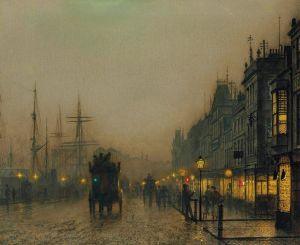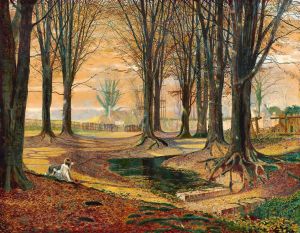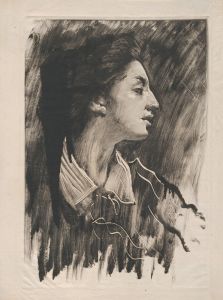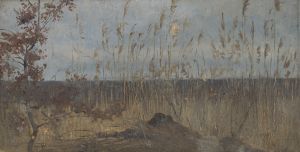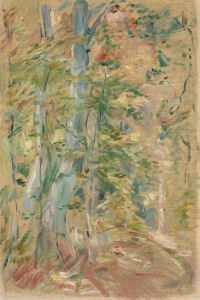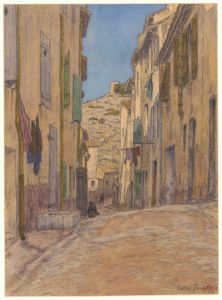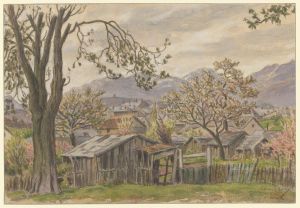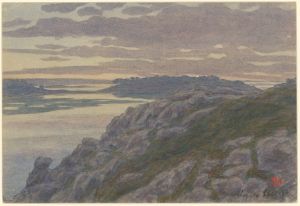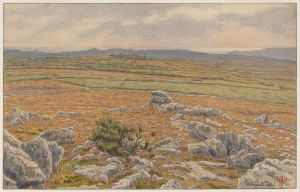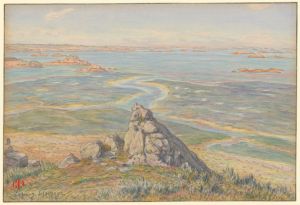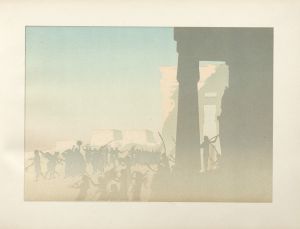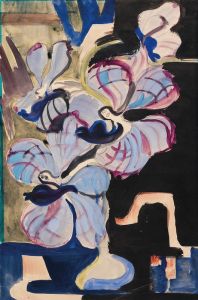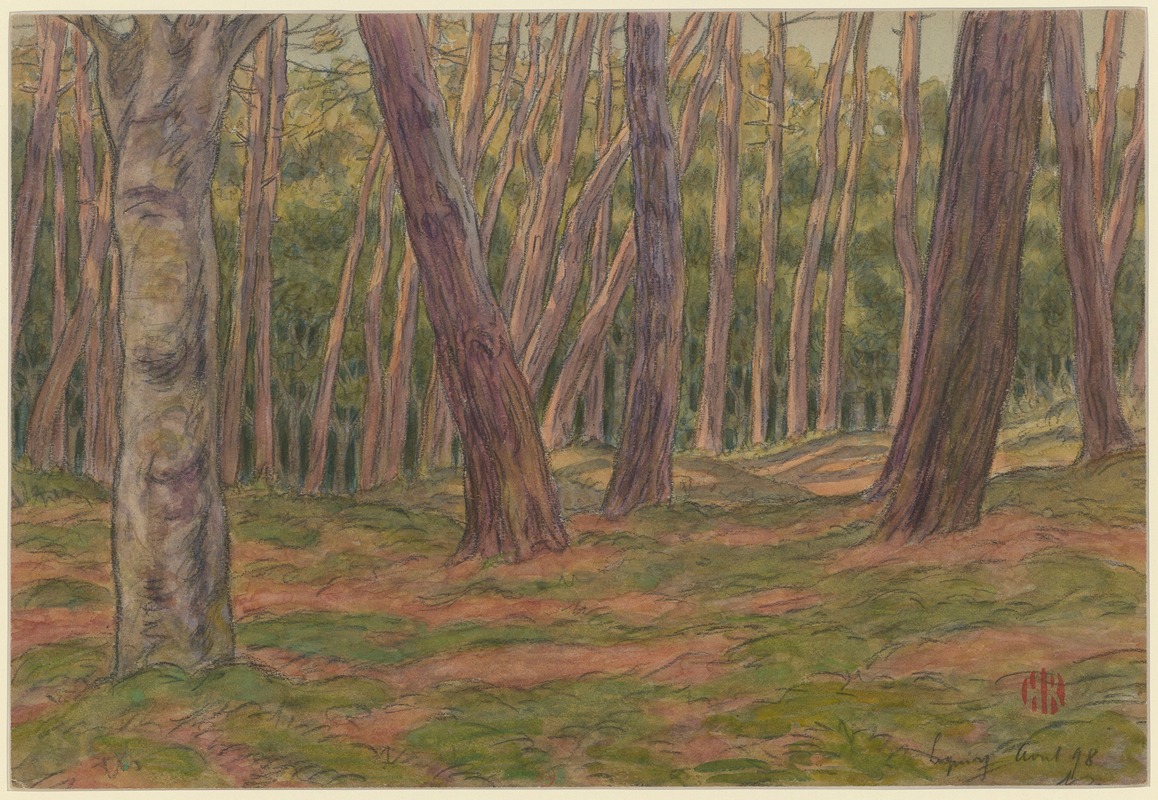
Loguivy
A hand-painted replica of Henri Rivière’s masterpiece Loguivy, meticulously crafted by professional artists to capture the true essence of the original. Each piece is created with museum-quality canvas and rare mineral pigments, carefully painted by experienced artists with delicate brushstrokes and rich, layered colors to perfectly recreate the texture of the original artwork. Unlike machine-printed reproductions, this hand-painted version brings the painting to life, infused with the artist’s emotions and skill in every stroke. Whether for personal collection or home decoration, it instantly elevates the artistic atmosphere of any space.
Henri Rivière (1864–1951) was a French artist known for his contributions to printmaking and his innovative use of color and composition, often inspired by Japanese ukiyo-e prints. One of his notable works, "Loguivy," is a color lithograph that reflects his fascination with the natural landscapes of Brittany, a region in northwestern France. This artwork is part of his celebrated series "Les Paysages Bretons" ("The Breton Landscapes"), which he created between 1890 and 1894. The series consists of 40 lithographs, each capturing the unique beauty and atmosphere of Brittany's coastal and rural scenes.
"Loguivy" depicts the small fishing village of Loguivy-de-la-Mer, located in the Côtes-d'Armor department of Brittany. The composition showcases Rivière's mastery of perspective and his ability to convey the serene yet dynamic essence of the region. The lithograph features a view of the village's harbor, with fishing boats anchored in calm waters and the surrounding landscape rendered in soft, harmonious tones. Rivière's use of muted colors and delicate lines reflects his admiration for Japanese art, particularly the works of Hokusai and Hiroshige, whose influence is evident in his approach to composition and stylization.
Rivière was deeply influenced by the Japonisme movement, which gained popularity in France during the late 19th century. This influence is apparent in "Loguivy," where he employs flat planes of color, simplified forms, and an emphasis on natural elements. The lithograph captures a moment of quiet beauty, emphasizing the relationship between human activity and the natural environment. Rivière's work often celebrated the simplicity and tranquility of rural life, and "Loguivy" is no exception.
Henri Rivière initially gained recognition for his involvement in the Parisian art scene, particularly as a designer and director of shadow plays at the famous cabaret Le Chat Noir. However, his lithographs and prints, including "Loguivy," solidified his reputation as a significant figure in the world of fine art. His works are now held in numerous museum collections, including the Musée d'Orsay in Paris and other institutions dedicated to 19th and early 20th-century art.
"Loguivy" remains an enduring example of Rivière's ability to blend traditional European techniques with Japanese artistic principles, creating a unique and timeless vision of the Breton landscape.






